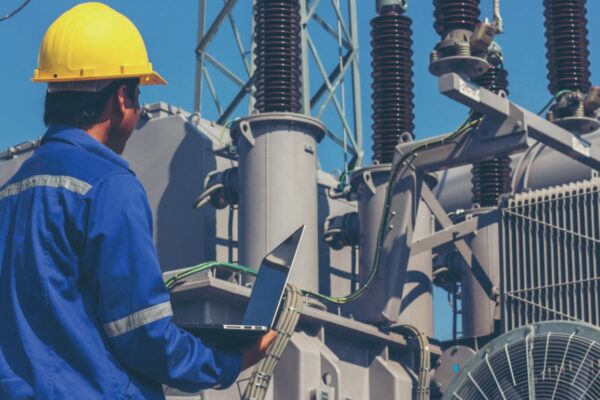
Power transformer failure a major challenge, says survey
The Transformer Risk Report from Midel found that 61 percent of industry professionals who took part in a survey had experienced transformer failure in the last five years, while five in 10 said transformer failure would significantly impact or halt their businesses’ operations.
“Transformers are critical components of our electricity infrastructure, but the impact and extent of transformer failure is not widely documented,” said Barry Menzies, Managing Director Global of Midel, which produces ester-based transformer fluids. “The report shines a light on transformer failure and the findings are clear: it has a significant and prolonged impact on businesses.”
“An interruption to business operations can be very expensive, demonstrate poor corporate social responsibility and impact business continuity. The good news is that many of the causes of transformer failure are largely within the operators’ control. It’s relatively straightforward to replace old equipment and components and upgrade maintenance regimes; however, the survey suggests a level of concern that indicates industry needs to think more strategically about asset management and dedicate more resources to mitigating the risk of failure.”
The survey, with responses from original equipment manufacturers, industry consultants, and transmission and distribution operators, aims to enhance industry understanding of the failure of transformers, assessing the impact, levels of concern and general industry attitudes towards transformer failure.
The level of worry about the threat of transformer failure is high among businesses with 80% of respondents expressing their concern. Although the risk to staff and the public was naturally a key concern for respondents, the survey also revealed that business continuity was a top priority.
Almost all respondents recognised the implications of transformer failure on business continuity and loss of revenue by identifying it as a key factor to assess the risk level of. Supporting this finding, safeguarding business continuity appears as one of the top three drivers for improving transformer performance.
When asked what impact a transformer failure would have on their business, half of respondents said a failure would either significantly impact (41%) or halt operations on their site entirely (9%). Operations would also be signficantly disrupted in the event of a failure. 71% of respondents indicated it would take in excess of three days to reinstate power supply following a transformer failure, with 11% of respondents saying it could take six months or more.
The quality of equipment and components is considered as a top option for reducing transformer risk by 87% of respondents, followed by maintenance schedules (76%) indicating the importance of considering transformer failure from the outset.
“It’s great to see that industry already recognises the benefit of using high quality components and equipment from the outset and the benefit of scheduled maintenance to reduce the risk of transformer failure” said Menzies.
However, in addition to safety, the maintenance of transformers, or the lack thereof, was cited as the top cause for concern by respondents (61%), while nearly 70% said driving down operating and maintenance costs is a key motivator for improving transformer performance, indicating a potential conflict when it comes to cost versus maintenance scheduling.
“Safety will always be a top priority but operations and maintenance also weigh heavily on transformer owners and operators. Companies are feeling the strain of ongoing operation and maintenance costs, which worries them as they recognise the importance of a good O&M regime,” he said.
The responses suggest that maintenance is also key for environmental protection; nearly 80% said planned maintenance is a top measure for protecting the environment around transformers, with containment structures (65%) and bio-degradable transformer fluids (61%) as the next most popular options.
The MIDEL Transformer Risk Report was launched in September 2018 and ran for three weeks. Respondents shared views from all over the world, with the majority listing their main operating areas as Europe (49%), followed by Africa (16%) and Asia (13%), Americas (11%), Middle East (7%) and Australia (4%).
The survey attracted responses from transformer OEMs (original equipment manufacturers), accounting for 39%; industrial and commercial transformer operators (19%); and both transmission (8%) and distribution network operators (8%). Of those which answered ‘other’ to type of business (26%), organisations ranged from transmission and distribution companies, through wind power system providers to consultancies.
The report is available at www.midel.com
Related stories:
MANAGING THE RISK OF TRANSFORMER FIRES
 If you enjoyed this article, you will like the following ones: don't miss them by subscribing to :
eeNews on Google News
If you enjoyed this article, you will like the following ones: don't miss them by subscribing to :
eeNews on Google News




